
Rome
“ruins and masterpieces”
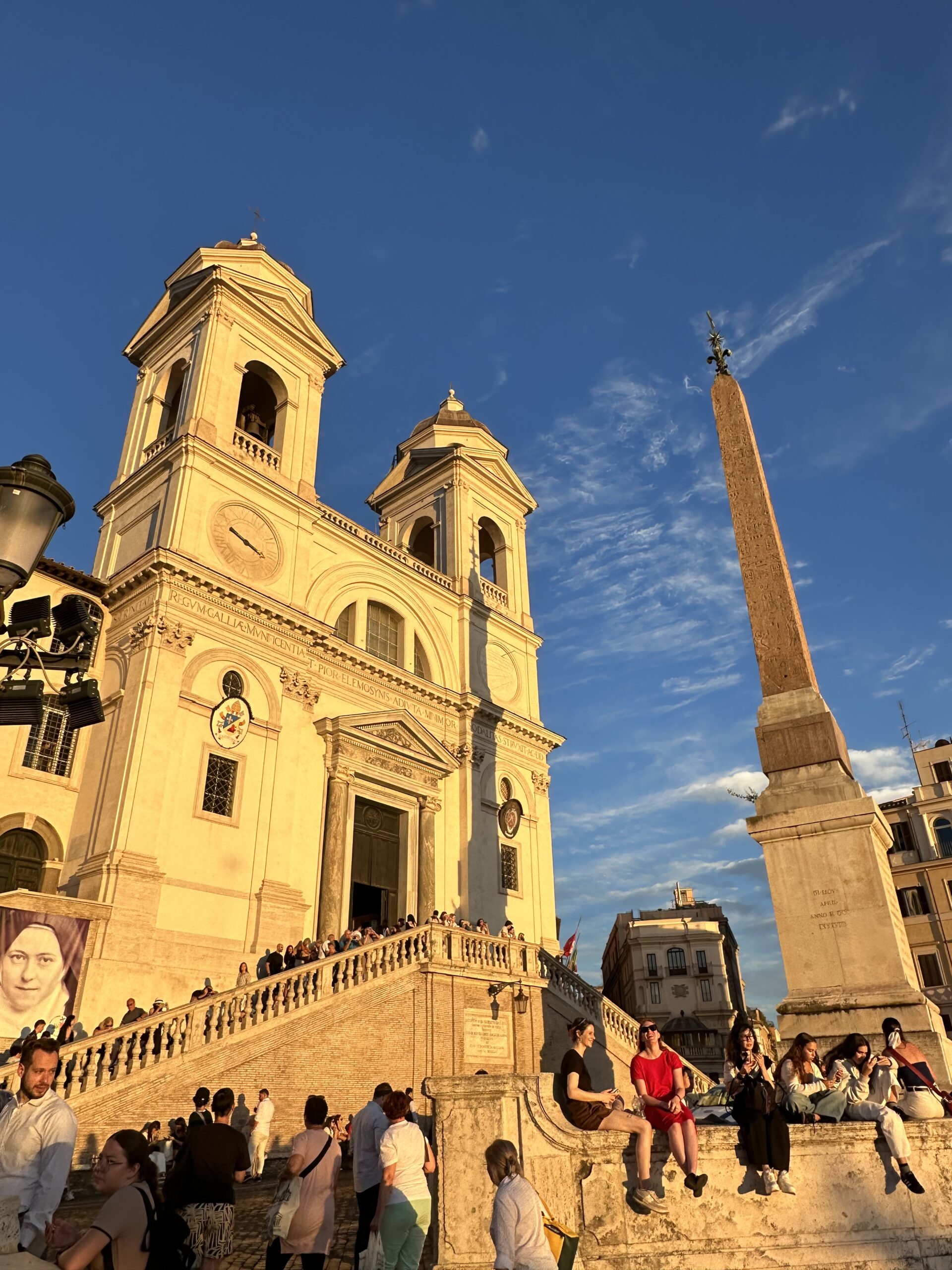

Rome was founded over 2800 years ago.
Buongiorno
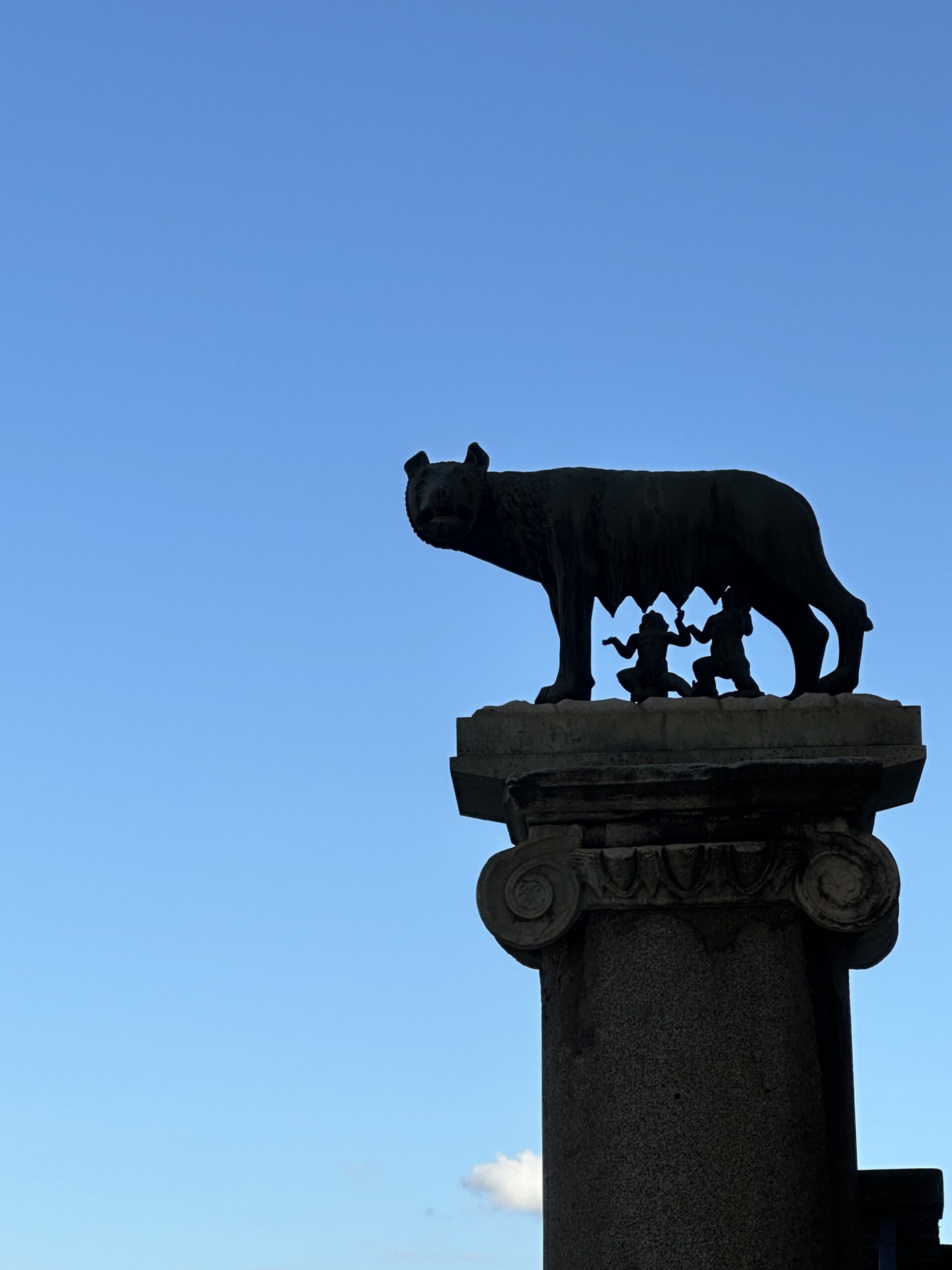

According to legend, Rome was founded by the abandoned infants Romulus and Remus, twin sons of Mars, raised by a she-wolf. After a dispute, Romulus killed Remus and became the first ruler, naming the new city Rome.
Icons
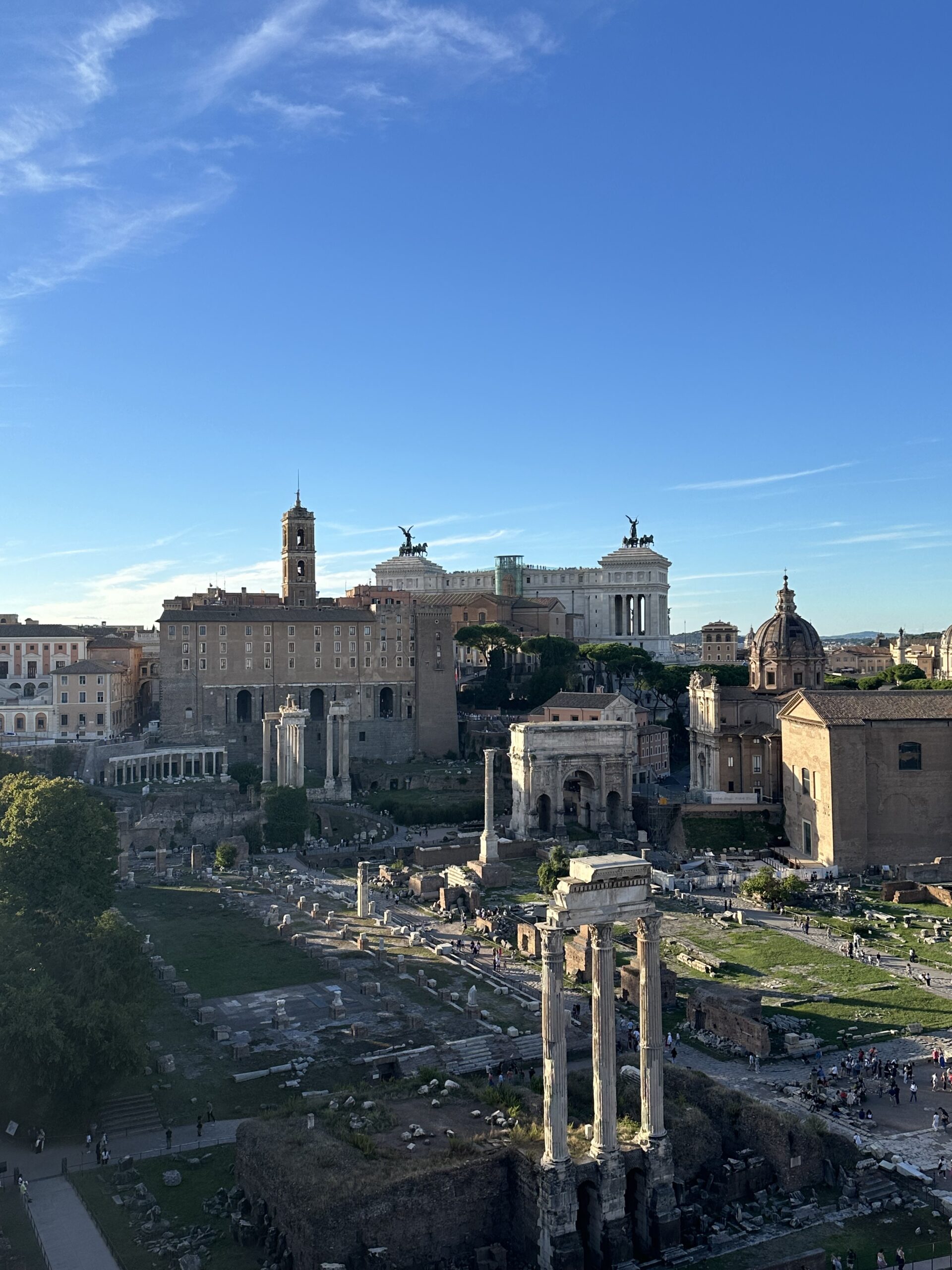

The Roman Forum was the political, religious, and commercial heart of ancient Rome, filled with temples, basilicas, and public spaces.
Ancient
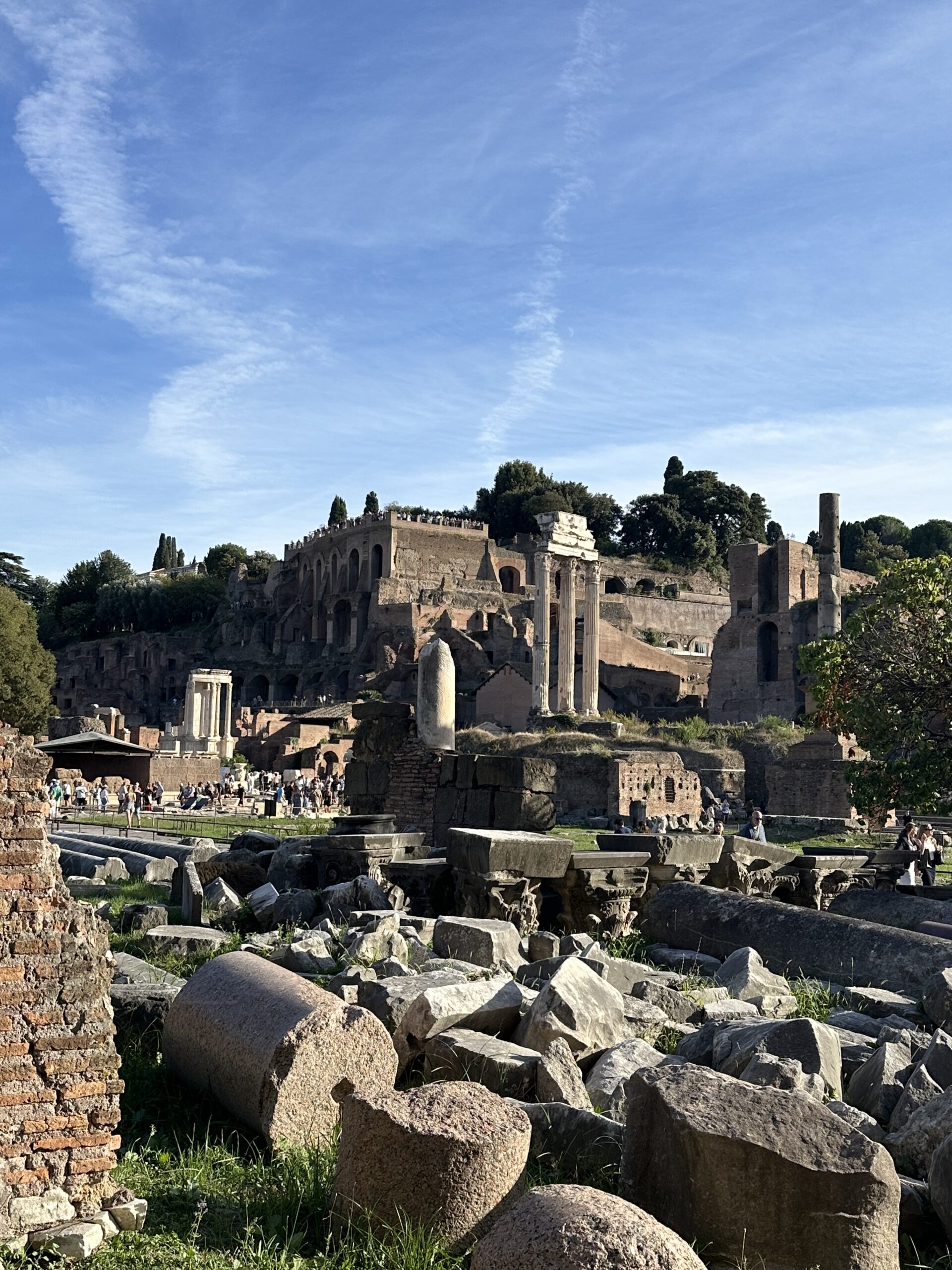

It fell into ruins over centuries due to natural decay, earthquakes, and neglect, looting and invasions.
Time
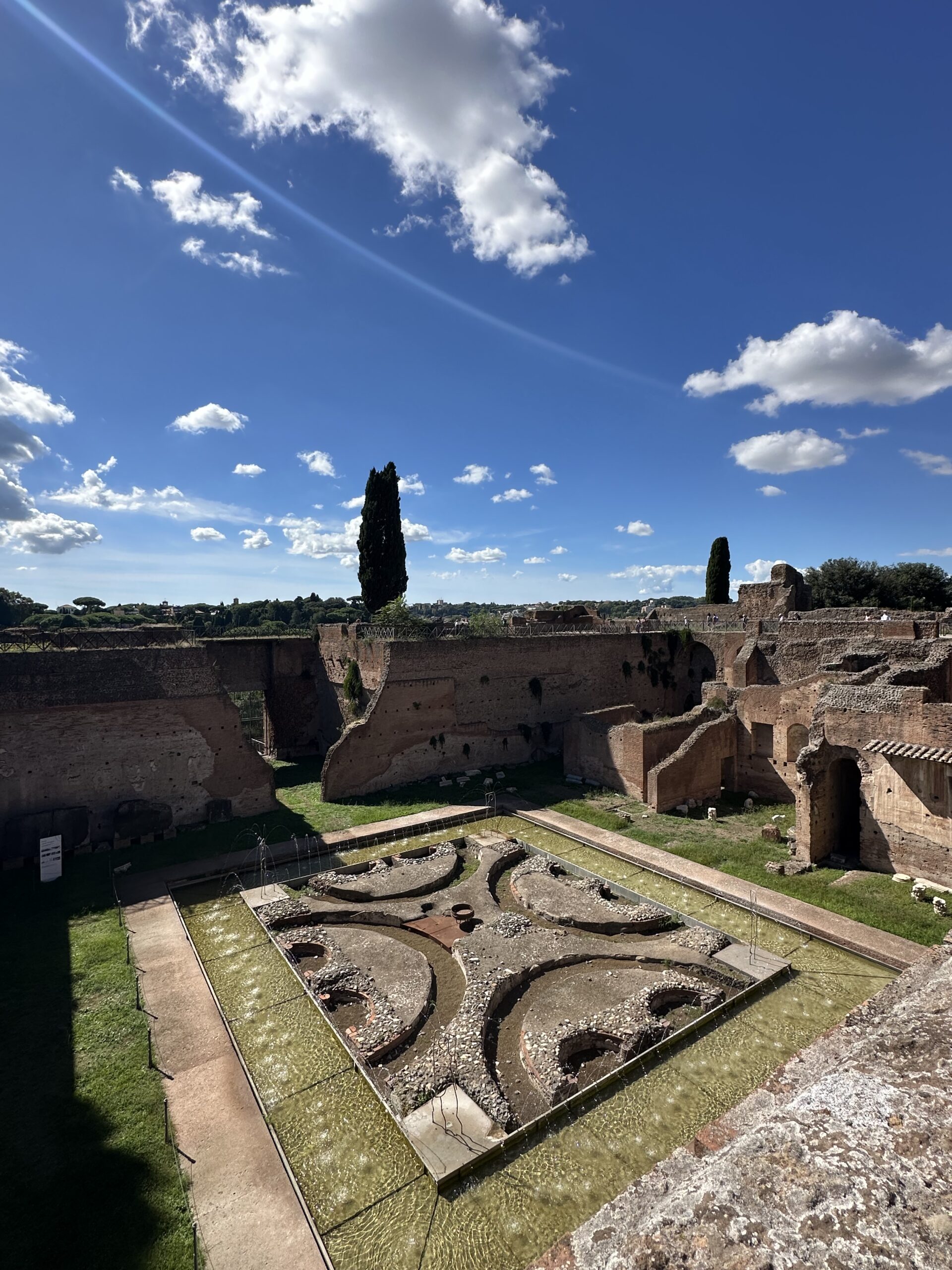

Palatine Hill is the city’s legendary birthplace and later home to the emperors’ grand palaces, symbolizing Rome’s origins and enduring power. The word “palace” originates from the imperial homes on this hill.
Palazzo


Famous for gladiator battles, animal hunts, and public spectacles, this amphitheater also served to keep the population distracted and controlled, offering games and free food to entertain the masses.
Gladiators
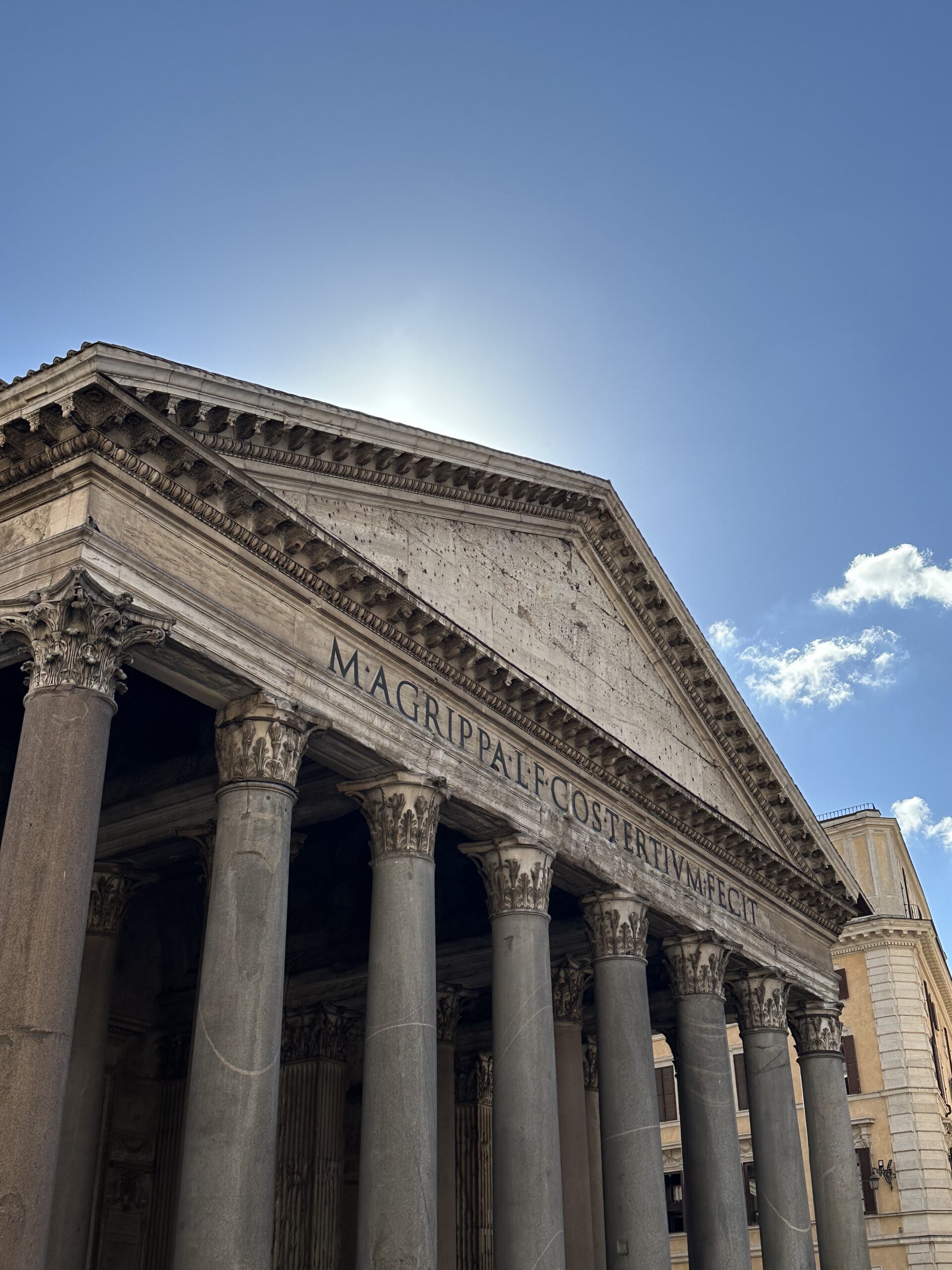

Built in the 2nd Century, its name comes from the Greek words pan (all) and theoi (gods), meaning “temple of all gods.”
Art
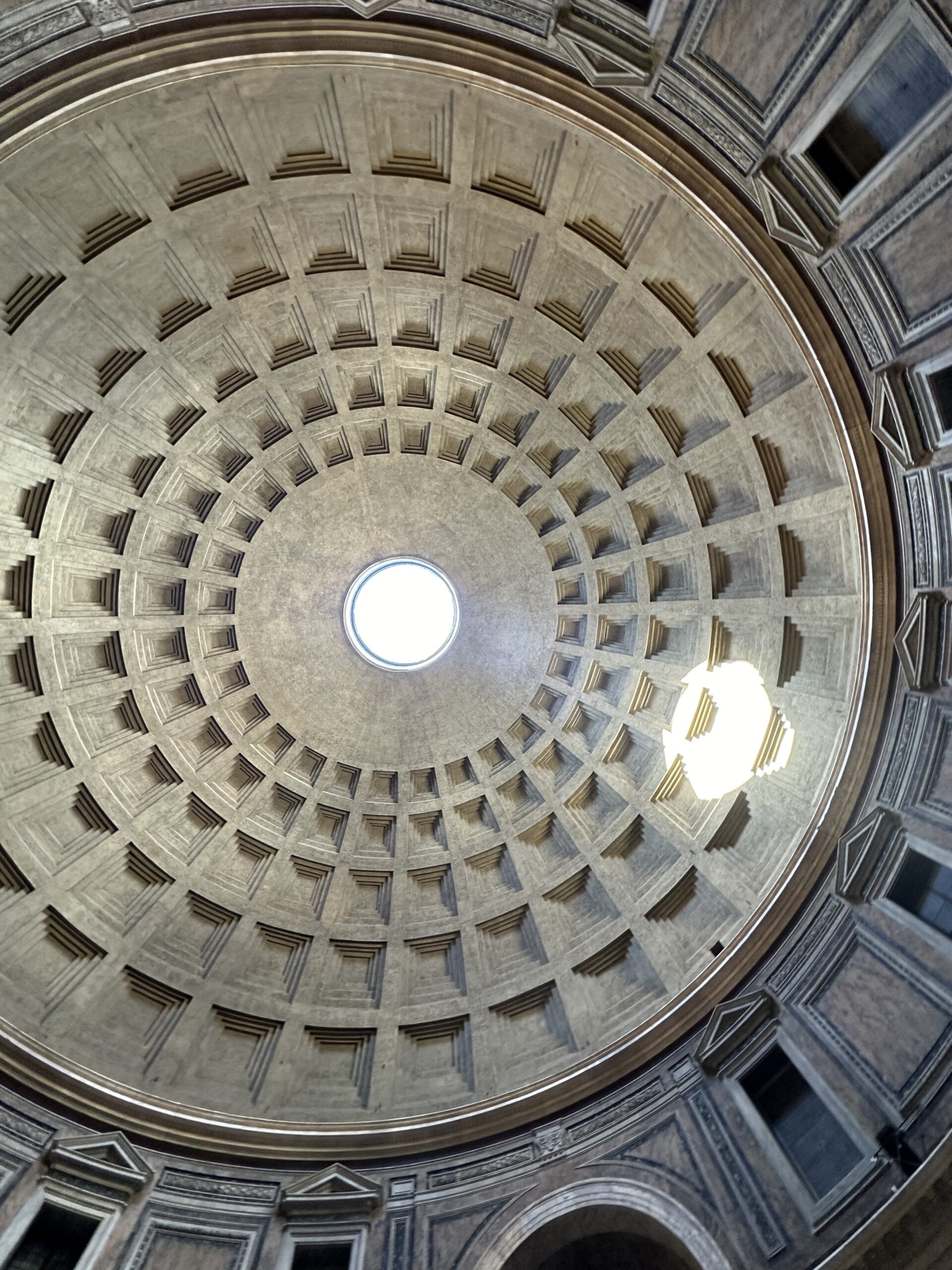

The building is famous for its perfectly proportioned dome with a central oculus, so precisely designed that a perfect sphere could fit inside its interior space, symbolizing harmony between heaven and earth.
Classy
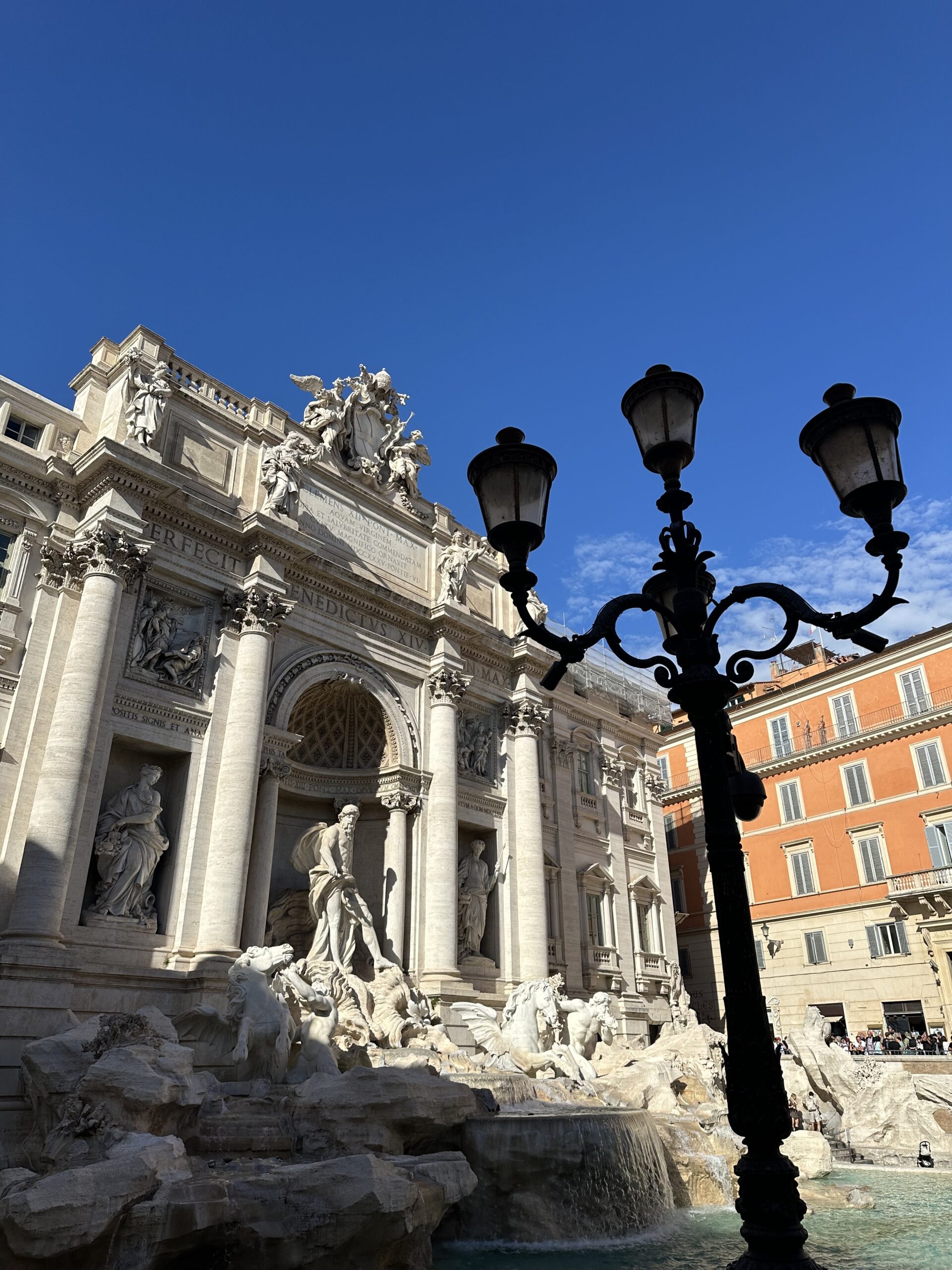

The Trevi Fountain marks the end of the Aqua Virgo, the only ancient Roman aqueduct still in continuous operation. Completed in 19 BC, it continues to supply water to the Baroque masterpiece, which remains a popular tourist attraction famous for the tradition of tossing coins to ensure a return to Rome.
Lucky


An Italian breakfast is typically light, consisting of a coffee (like espresso or cappuccino) and a sweet pastry such as a cornetto (Italian croissant) eaten quickly standing at a café bar.
Cornetto
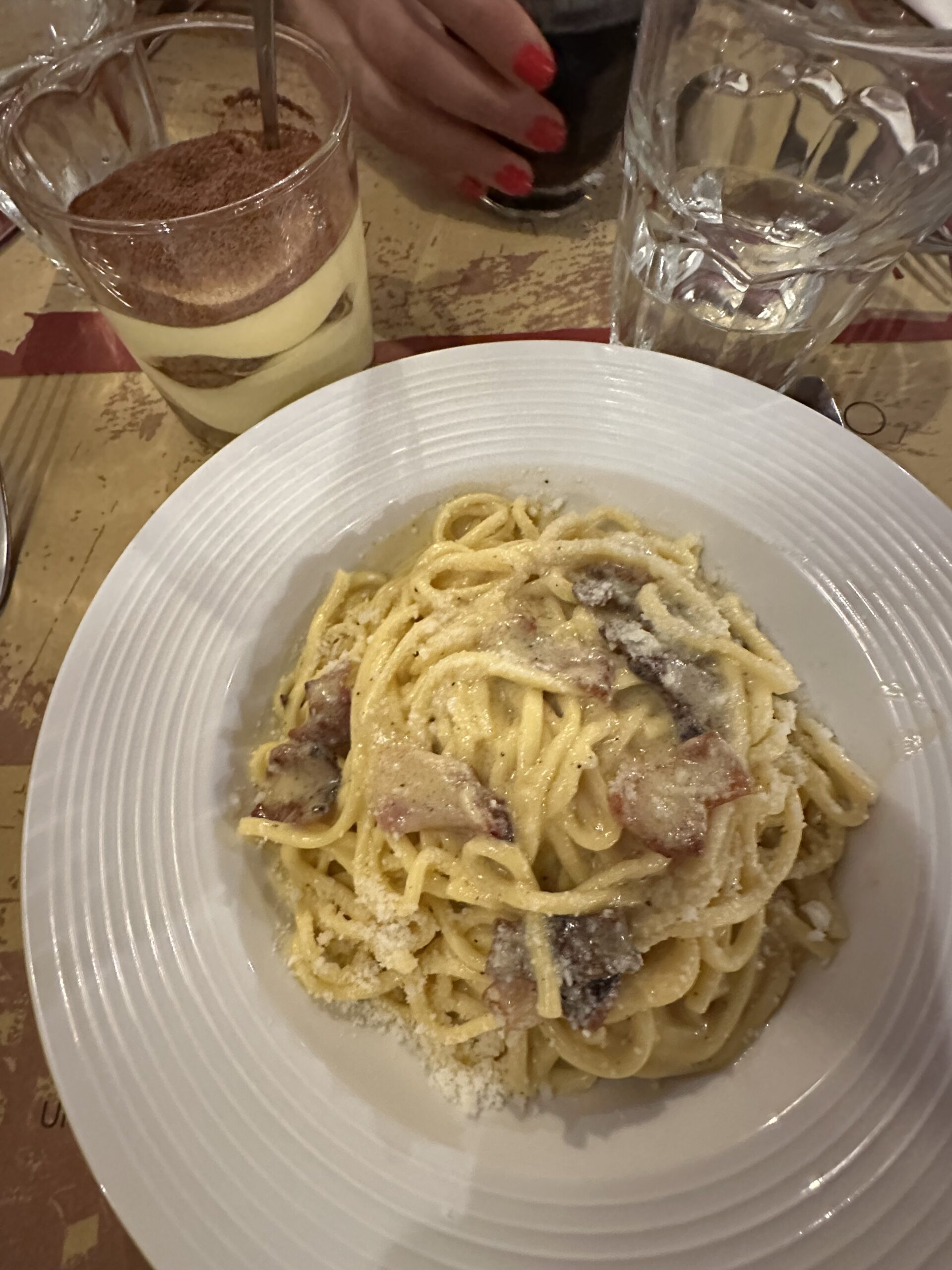

Carbonara is a classic Roman pasta made with eggs, Pecorino Romano cheese, guanciale (cured pork cheek), and black pepper, creating a creamy sauce without any cream.
Tasty


The Altare della Patria is a grand monument in Rome honoring Victor Emmanuel II, the first king of unified Italy.
Risorgimento


This controversial baroque sculpture by Bernini in Santa Maria della Vittoria depicts Saint Teresa of Ávila experiencing a divine vision, with an angel piercing her heart with a golden arrow. It is depicted as the third altar of science in Dan Brown’s Angels and Demons.
Passion


Located inside the church of Santa Maria del Popolo, this Renaissance/Baroque funerary chapel was designed by Raphael and later completed by Bernini.
Illuminati
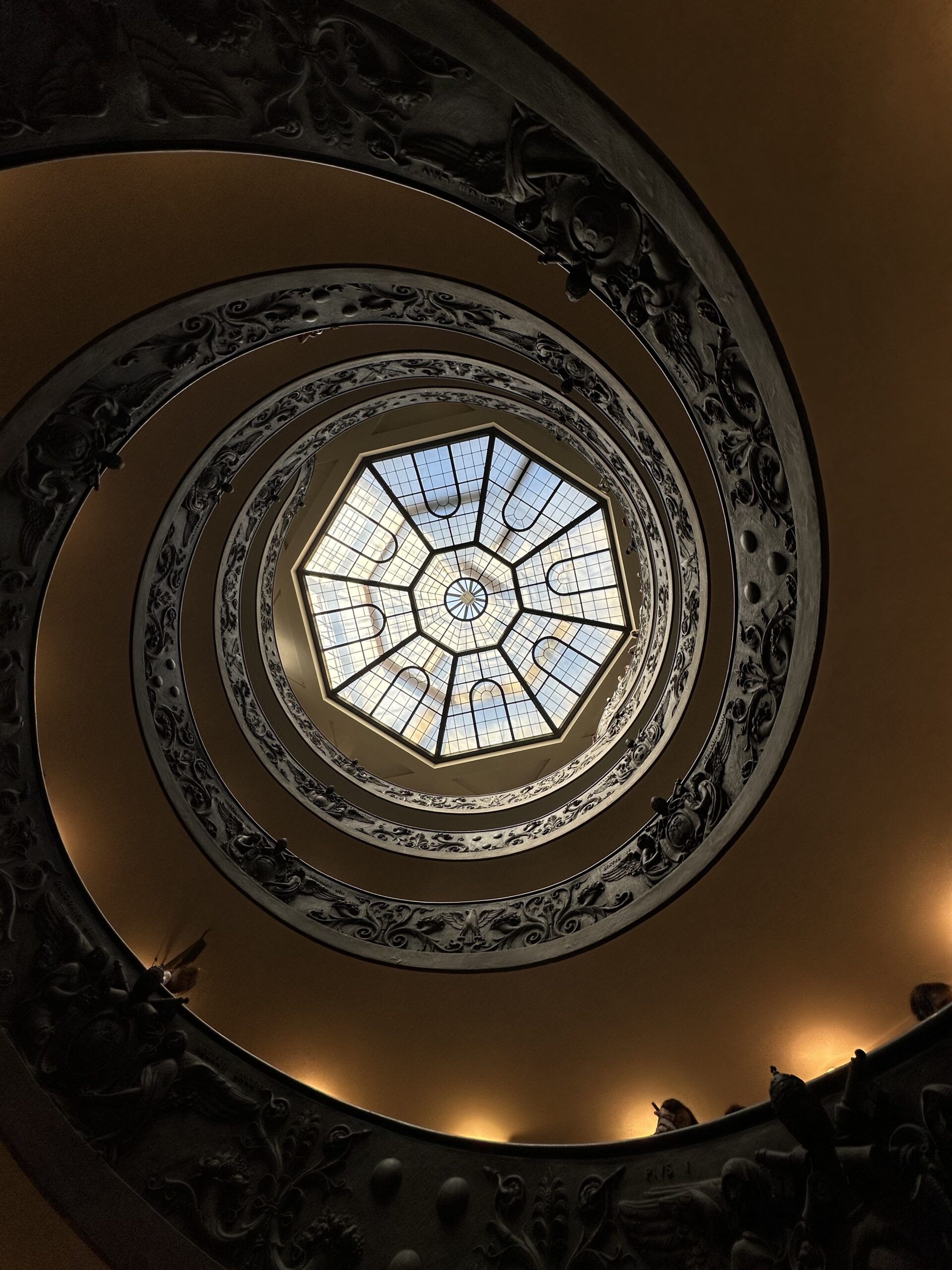

The Vatican Museums are a vast complex of galleries in Vatican City, housing art, sculptures, and historical artifacts collected by the popes over centuries, including the Sistine Chapel and Raphael’s Rooms. While they mainly focus on Christian art, the museums also feature non-religious works, such as ethnological collections, Egyptian artifacts, and maps.
Spiraling
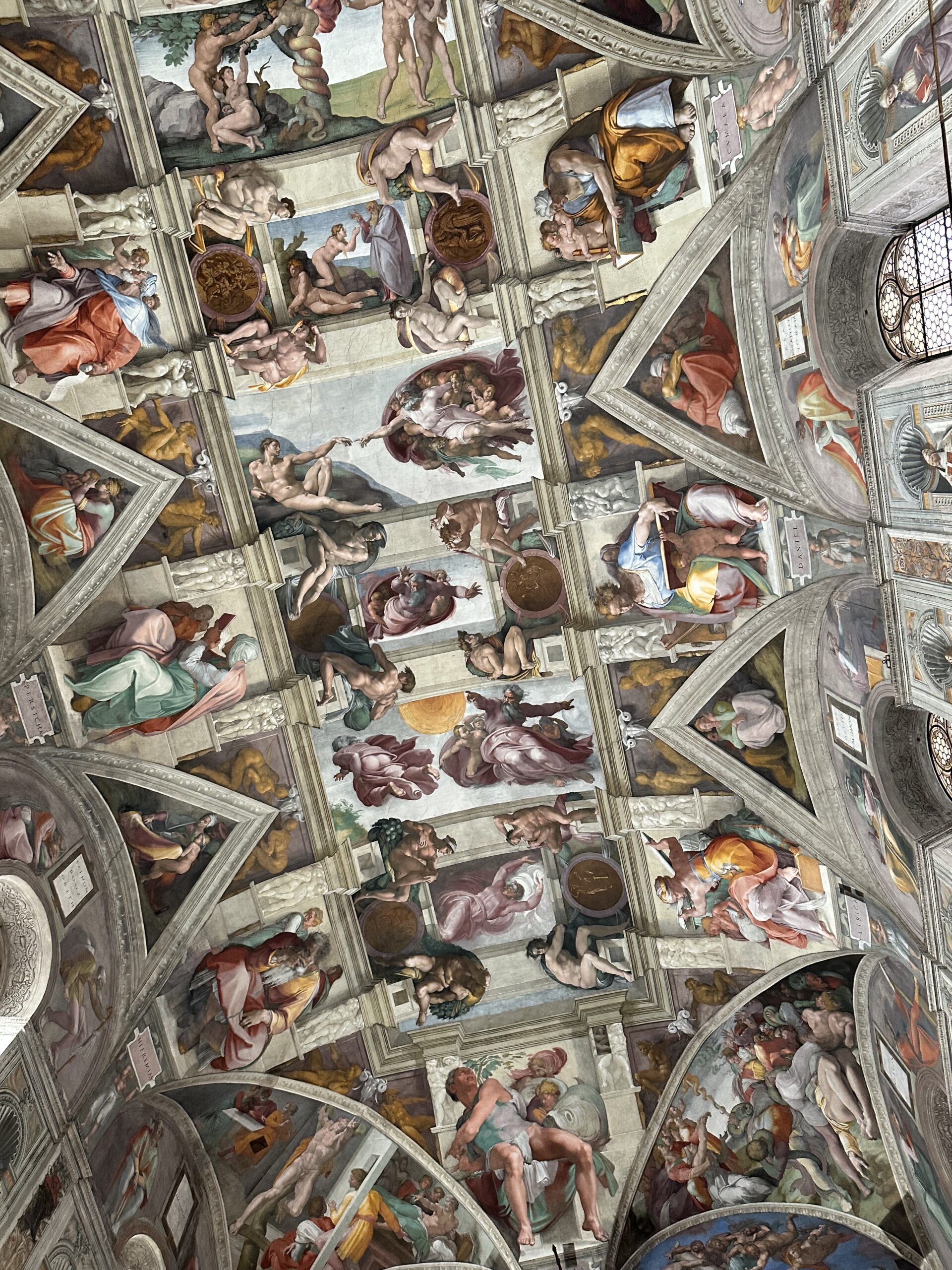

The ceiling of the Sistine Chapel, painted by Michelangelo, is a Renaissance masterpiece featuring biblical scenes and prophet in a richly detailed fresco.
The Creation of Man
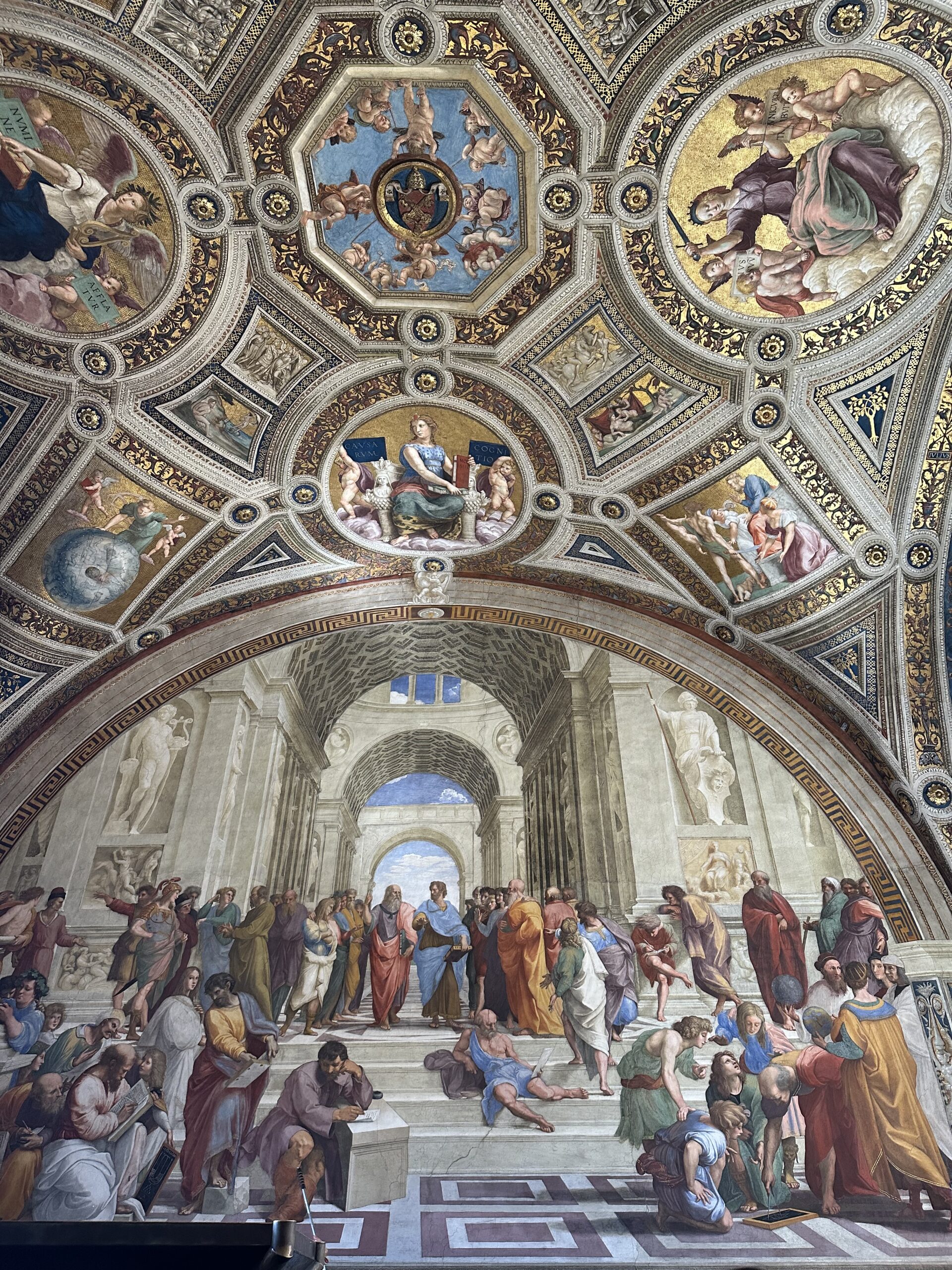

In The School of Athens, Raphael mixes classical philosophers with Renaissance: Plato resembles Leonardo da Vinci pointing upward to symbolize his focus on ideal forms, while Aristotle gestures downward toward the Earth, emphasizing practical knowledge. Other characters include Heraclitus represented by Michelangelo wearing boots.
Athens
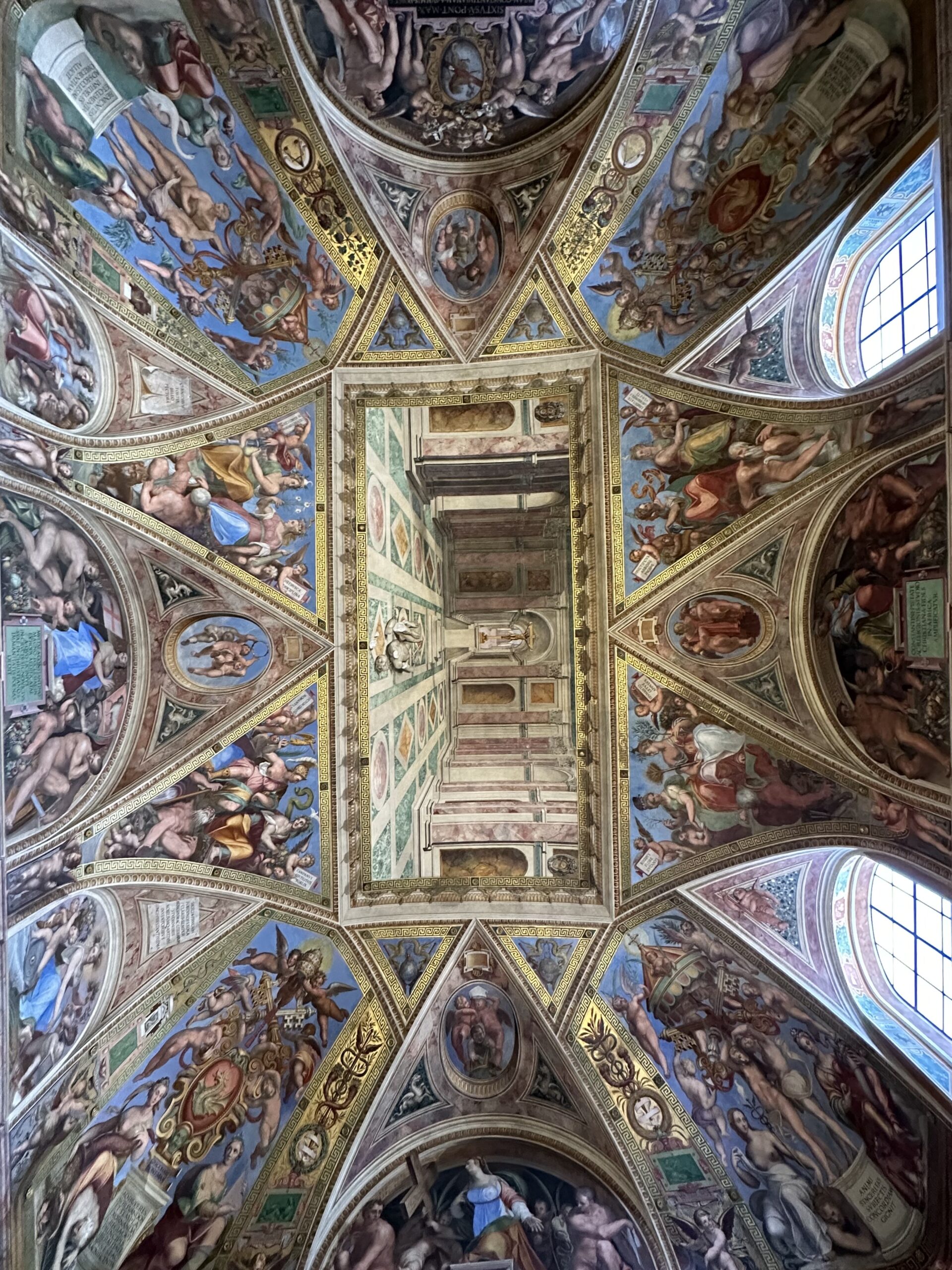

This fresco located in the Hall of Constantine (one of the Raphael Rooms) shows a broken statue of the pagan god Mercury (symbolising the old gods) lying shattered at the base of a pedestal, while a large crucifix has been mounted in its place—signifying the triumph of Christian religion over paganism.
Change


Modern art is also present in the Vatican Museums with the Collection of Modern and Contemporary Art. Here pictured is a DalÍ.
Dreamy


Colombian painter Fernando Botero is also featured in this collection.
Botero
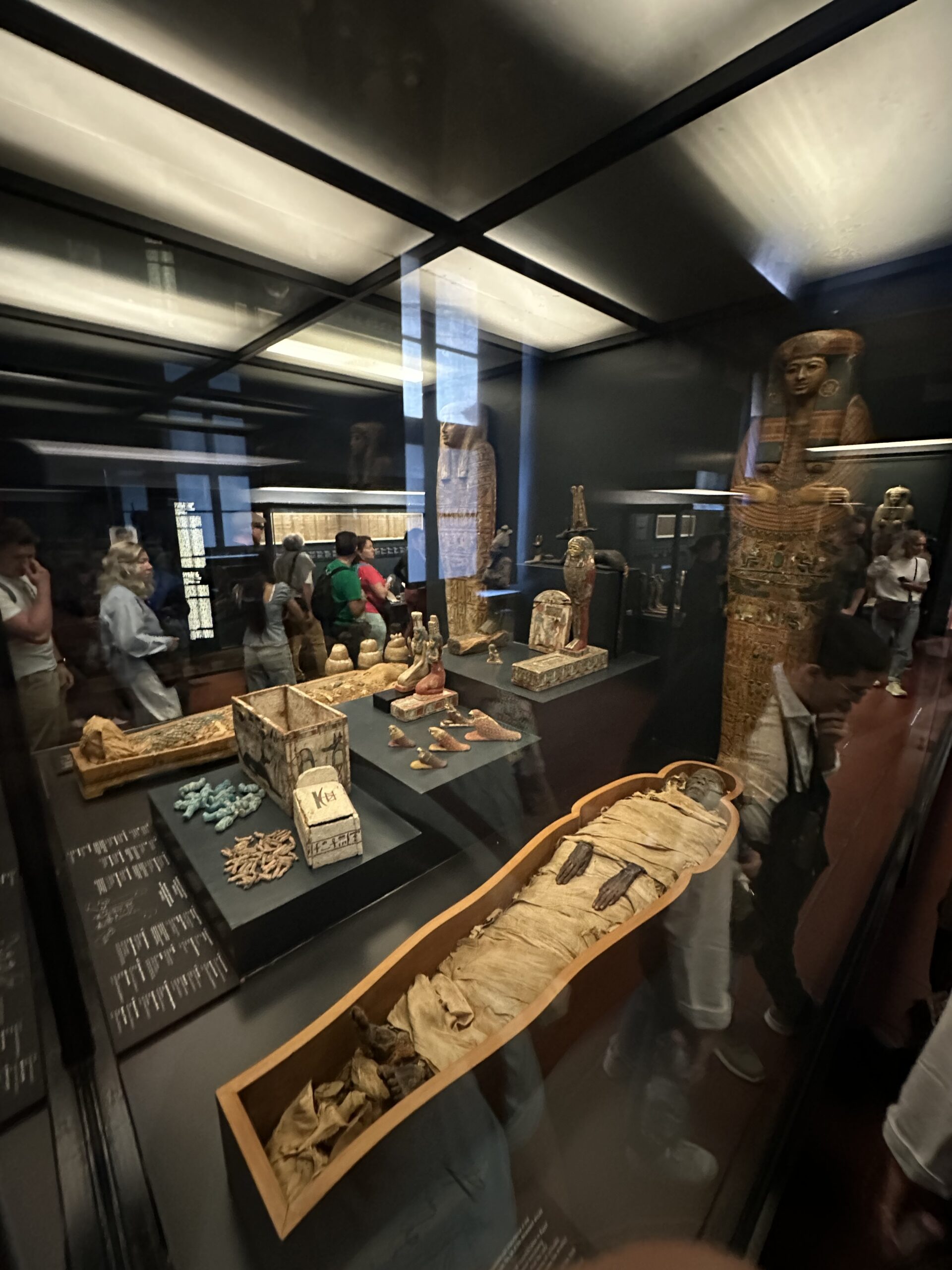

The Vatican Museums include mummies as part of their Egyptian collection.
Mummies
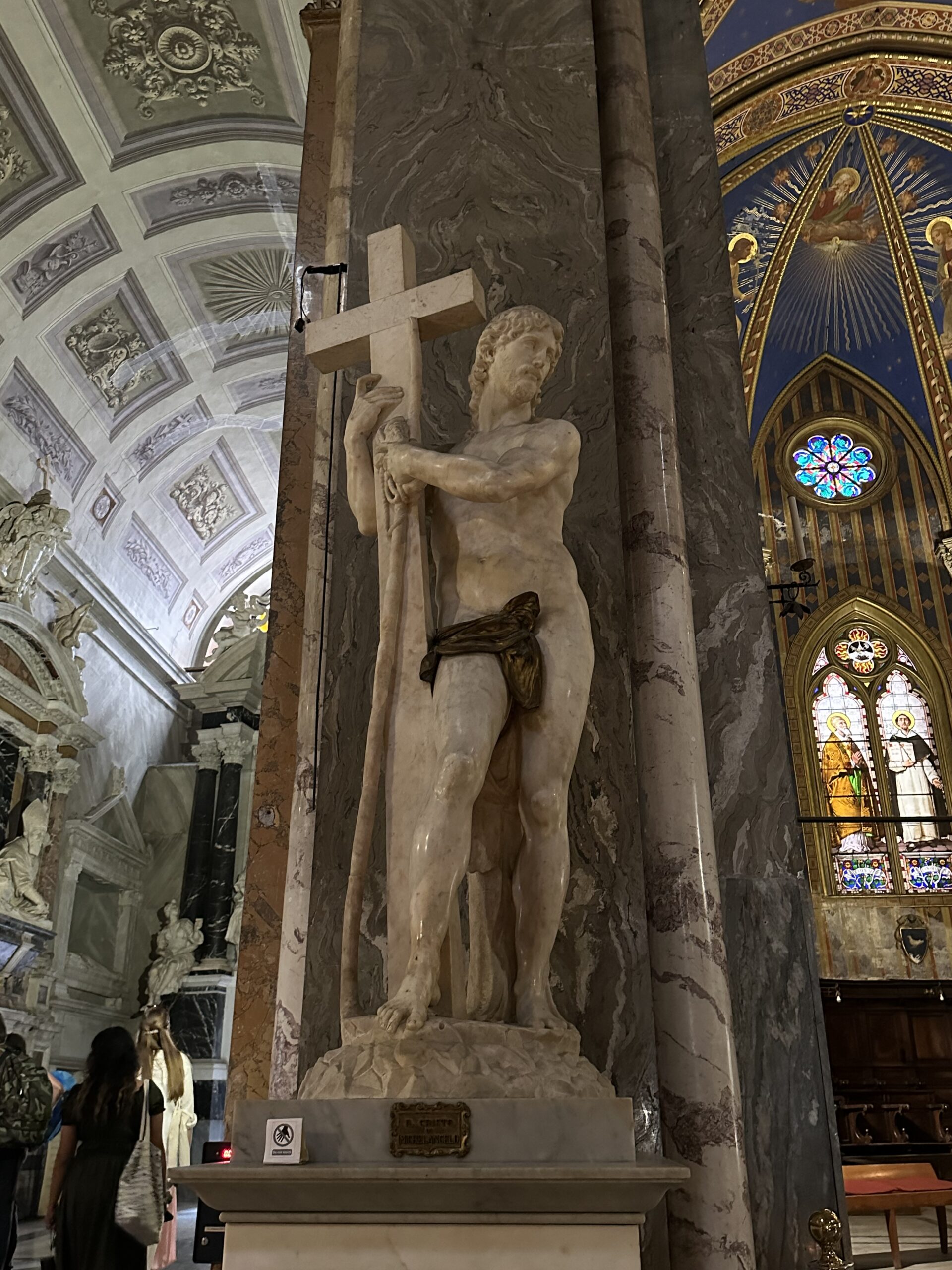

This sculpture was made by none other than Michelangelo.
Marvel


Lorem ipsum dolor sit amet, consetetur sadipscing elitr, sed diam nonumy eirmod tempor invidunt ut labore et dolore magna aliquyam erat, sed diam voluptua. At vero eos et accusam et justo duo dolores et ea rebum. Stet clita kasd gubergren, no sea takimata sanctus est Lorem ipsum dolor sit amet.
Air
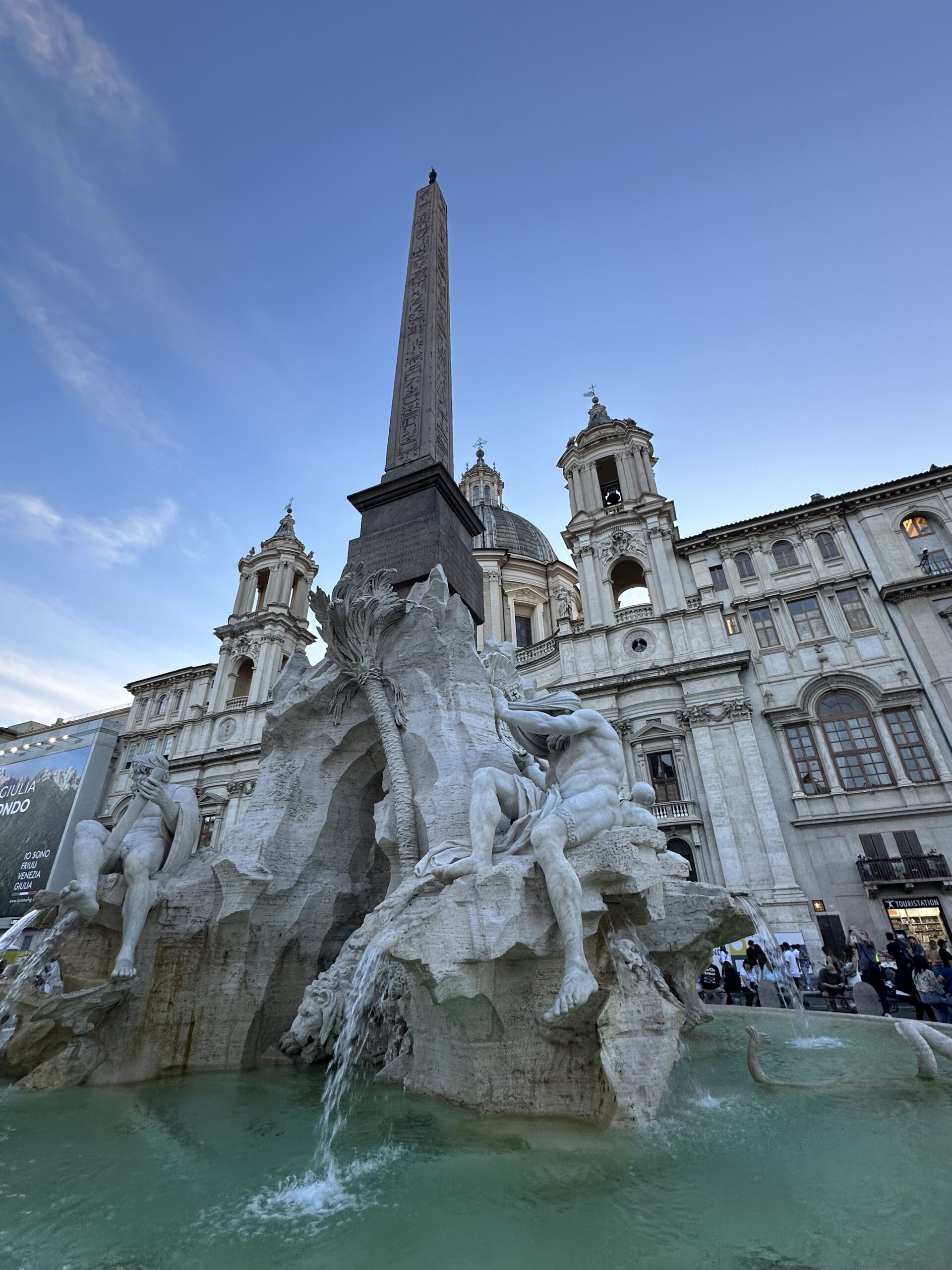

This square is famous for its Baroque fountains, especially Bernini’s Fountain of the Four Rivers, and for its cafés, street artists, and vibrant atmosphere.
Water
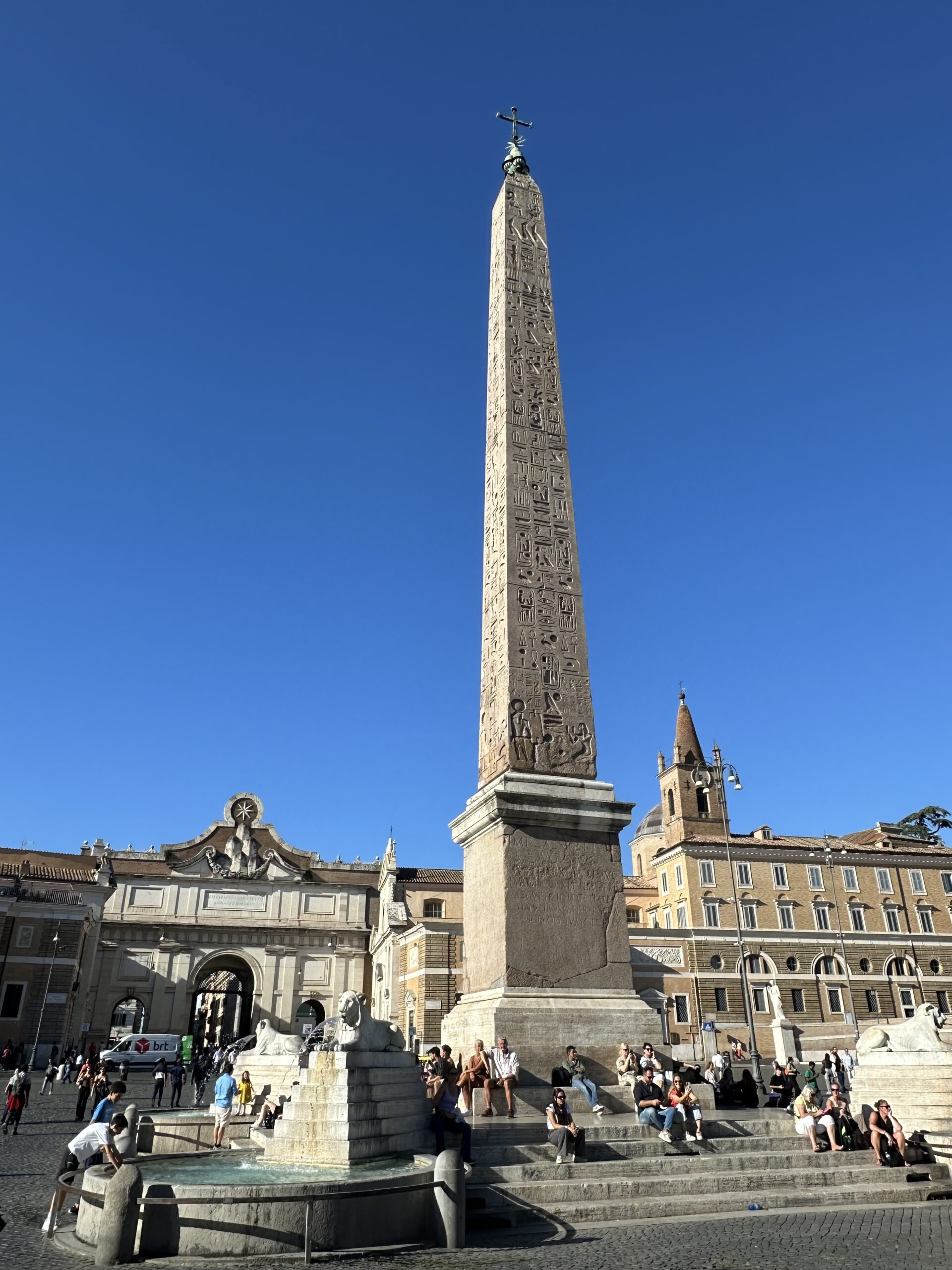

Rome has many obelisks because the Romans brought them from Egypt to show power, wealth, and divine favor, and later periods added more to decorate piazzas and celebrate the city’s grandeur.
Up
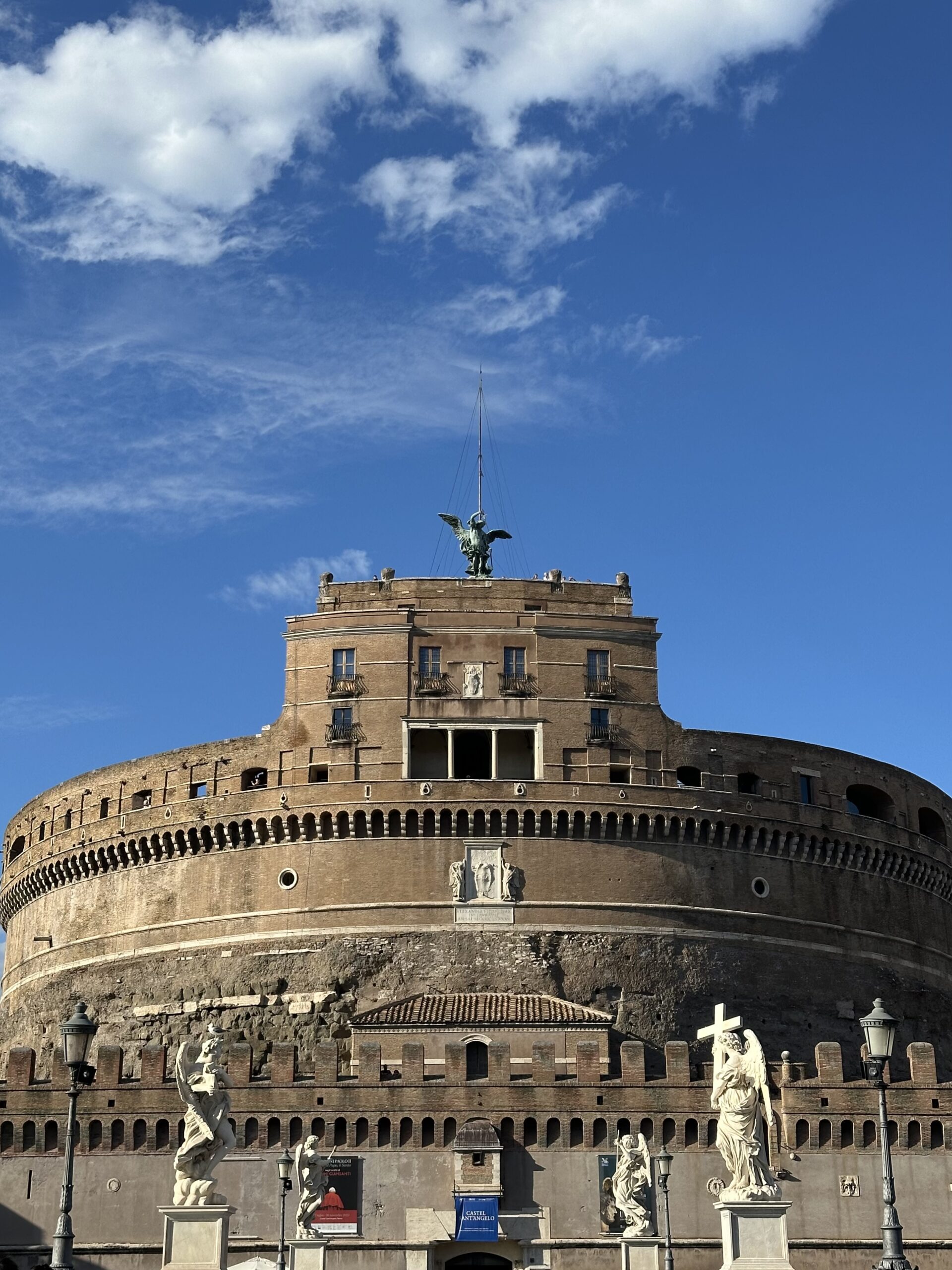

Over the centuries, this castle has served as a papal fortress, residence, and prison, and is now a museum connected to the Vatican by a secret passage. It is also the fictitious location of the Church of Science of the Illuminati.
Fort


Arrivederci, Roma!
